-
 Bitcoin
Bitcoin $83,481.2504
1.47% -
 Ethereum
Ethereum $1,594.8784
2.16% -
 Tether USDt
Tether USDt $0.9995
0.03% -
 XRP
XRP $2.0584
2.27% -
 BNB
BNB $589.8752
1.06% -
 Solana
Solana $124.5416
5.31% -
 USDC
USDC $1.0000
0.01% -
 Dogecoin
Dogecoin $0.1620
2.54% -
 TRON
TRON $0.2492
5.06% -
 Cardano
Cardano $0.6386
2.07% -
 UNUS SED LEO
UNUS SED LEO $9.4024
-0.01% -
 Chainlink
Chainlink $12.7519
1.91% -
 Avalanche
Avalanche $19.0715
1.49% -
 Stellar
Stellar $0.2381
1.20% -
 Shiba Inu
Shiba Inu $0.0...01227
2.71% -
 Toncoin
Toncoin $2.9176
-0.14% -
 Sui
Sui $2.1989
1.15% -
 Hedera
Hedera $0.1686
-2.31% -
 Bitcoin Cash
Bitcoin Cash $314.9700
4.19% -
 MANTRA
MANTRA $6.3745
-0.47% -
 Litecoin
Litecoin $76.1182
-0.18% -
 Polkadot
Polkadot $3.5912
2.10% -
 Dai
Dai $1.0000
0.00% -
 Bitget Token
Bitget Token $4.3914
2.66% -
 Hyperliquid
Hyperliquid $15.5070
3.14% -
 Pi
Pi $0.7361
21.71% -
 Ethena USDe
Ethena USDe $0.9988
0.03% -
 Monero
Monero $208.6259
3.20% -
 Uniswap
Uniswap $5.3209
2.18% -
 OKB
OKB $52.8771
-0.57%
web3 wallet makes money
Web3 wallets, the gatekeepers to the decentralized digital world, generate revenue through diverse streams such as transaction fees, premium subscription services, cross-chain services, and smart contract interaction fees.
Oct 19, 2024 at 03:06 pm
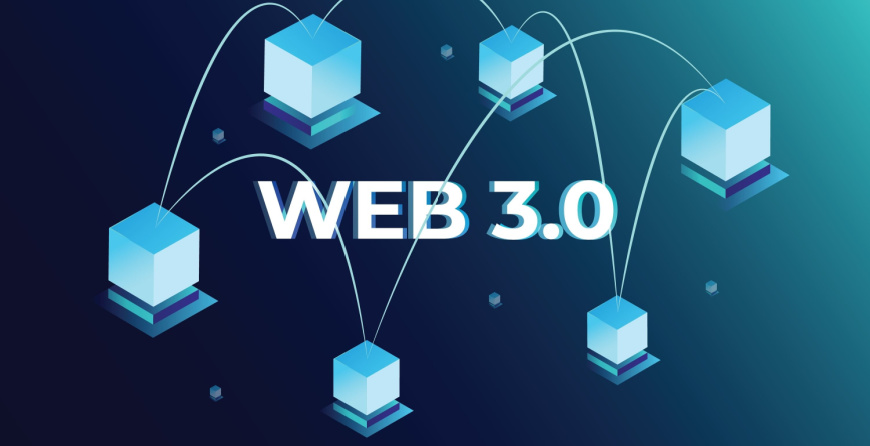
Web3 Wallets: A Lucrative Revenue Frontier
Web3 wallets have emerged as a pivotal gateway to the decentralized digital ecosystem, offering users the ability to interact with blockchain-based applications and manage their crypto assets. This burgeoning technology presents substantial revenue-generating opportunities for companies that provide digital wallet solutions.
Revenue Streams for Web3 Wallets
1. Transaction Fees:
Web3 wallets facilitate transactions between users, and a common revenue model involves charging a fee for each transaction made through the platform. The fee can be fixed or a percentage of the transaction value.
2. Subscription Services:
Some Web3 wallets offer premium features such as advanced analytics, portfolio tracking, and asset management tools. Users may subscribe to monthly or annual plans to access these premium services.
3. Cross-Chain Interoperability:
Web3 wallets that support multiple blockchains offer cross-chain interoperability, allowing users to bridge assets between different chains. These platforms often charge fees for cross-chain transactions.
4. DApp Integration:
Web3 wallets integrate with decentralized applications (DApps), providing users with access to a host of web3 services. Wallets may earn commissions from DApps for facilitating transactions or onboarding users.
5. Smart Contract Interaction:
Web3 wallets enable users to interact with smart contracts and execute transactions within the blockchain ecosystem. Some wallets charge fees for these interactions.
6. Revenue Sharing:
Web3 wallets may partner with cryptocurrency exchanges or other platforms to offer revenue-sharing arrangements. By directing users to these partners, wallets can earn commissions or referral bonuses.
Market Landscape and Key Players
The Web3 wallet market is highly competitive, with a growing number of players offering a wide range of features and services. Some notable key players include:
- OKX Wallet
- MetaMask
- Trust Wallet
- Ledger Nano
- Phantom
Factors Influencing Revenue Potential
The revenue potential of a Web3 wallet depends on several factors, including:
- User base and transaction volume
- Range of services and features offered
- Fee structure and pricing strategy
- Market competition
- Regulatory developments
Challenges and Opportunities
Web3 wallets face certain challenges, such as security risks and regulatory uncertainties. However, they also present significant opportunities for revenue generation and expansion into new markets.
Key trends driving the growth of the Web3 wallet industry include the increasing adoption of decentralized finance (DeFi), the rise of non-fungible tokens (NFTs), and the growing demand for digital asset management solutions.
By capitalizing on these trends and embracing innovative revenue models, Web3 wallet providers can unlock substantial financial rewards in the rapidly evolving digital asset ecosystem.
Disclaimer:info@kdj.com
The information provided is not trading advice. kdj.com does not assume any responsibility for any investments made based on the information provided in this article. Cryptocurrencies are highly volatile and it is highly recommended that you invest with caution after thorough research!
If you believe that the content used on this website infringes your copyright, please contact us immediately (info@kdj.com) and we will delete it promptly.
- PI Token Has Staged a Furious Comeback, Skyrocketing Over 15% to Reclaim the $0.70 Mark
- 2025-04-12 19:30:13
- 119 Million Pi Network Tokens to Be Released by Month-End
- 2025-04-12 19:30:13
- Don't Kick Yourself Over Early XRP? This AI Presale Token Might Be Your Redemption
- 2025-04-12 19:25:14
- Bitcoin Cash (BCH) Breaks Out Again — Is a 2x Rally Underway?
- 2025-04-12 19:25:14
- Ethereum Bears Win Big as Short ETFs Dominate 2025 Rankings
- 2025-04-12 19:20:13
- BitMEX Co-Founder Arthur Hayes Urges Market Participants to 'Buy Everything'
- 2025-04-12 19:20:13
Related knowledge

What is Delayed Encryption technology?
Apr 11,2025 at 10:42pm
What is Delayed Encryption Technology? In the world of cryptocurrencies, security is paramount. One of the innovative solutions to enhance the security of digital transactions is Delayed Encryption Technology. This technology introduces a layer of security by encrypting data with a time delay, ensuring that the information remains secure until a specifi...
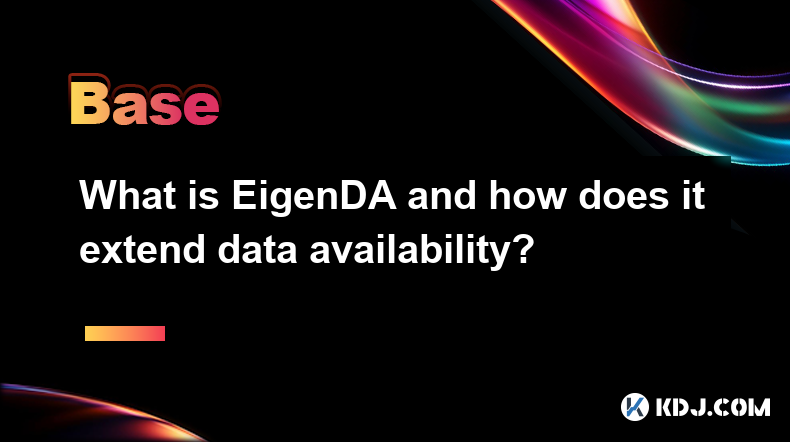
What is EigenDA and how does it extend data availability?
Apr 11,2025 at 05:28pm
EigenDA is a groundbreaking solution within the cryptocurrency ecosystem designed to enhance data availability across blockchain networks. Developed by EigenLayer, EigenDA aims to address the critical issue of data availability, ensuring that all participants in a blockchain network can access the necessary data to verify transactions and maintain the i...
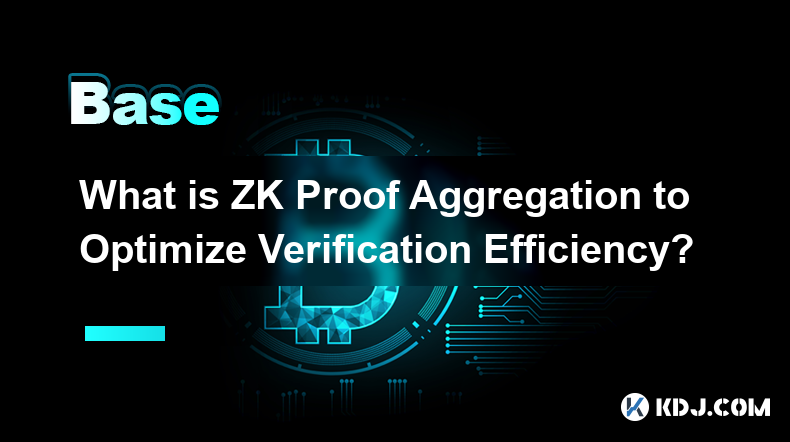
What is ZK Proof Aggregation to Optimize Verification Efficiency?
Apr 11,2025 at 05:42pm
ZK Proof Aggregation is a technique used in the field of zero-knowledge proofs (ZKPs) to enhance the efficiency of verifying multiple proofs. In the context of cryptocurrencies, where scalability and efficiency are paramount, ZK Proof Aggregation plays a crucial role in optimizing the verification process. This method allows multiple proofs to be combin...

What is DePIN (Decentralized Physical Infrastructure)?
Apr 12,2025 at 01:42am
What is DePIN (Decentralized Physical Infrastructure)? DePIN, or Decentralized Physical Infrastructure, represents a groundbreaking approach to building and managing physical infrastructure using decentralized technologies. At its core, DePIN leverages blockchain and other decentralized systems to create, operate, and maintain physical assets in a way t...
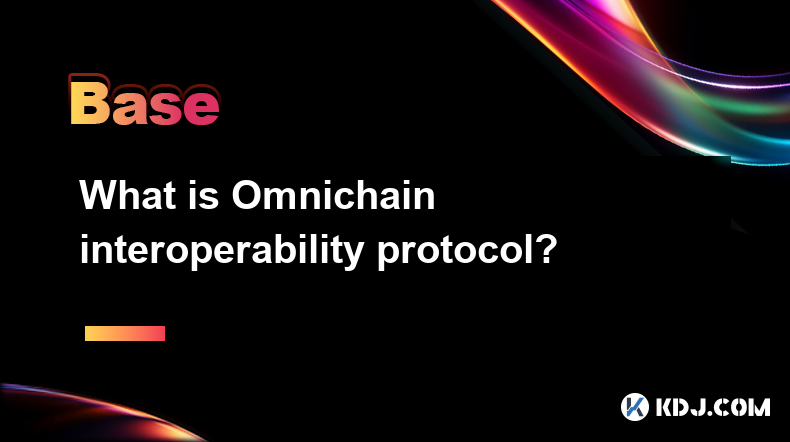
What is Omnichain interoperability protocol?
Apr 11,2025 at 08:36pm
The Omnichain interoperability protocol refers to a technology designed to enable seamless interaction and data exchange between different blockchain networks. This protocol aims to solve the issue of blockchain isolation by allowing assets, data, and functionalities to move freely across various chains. In essence, Omnichain interoperability facilitate...
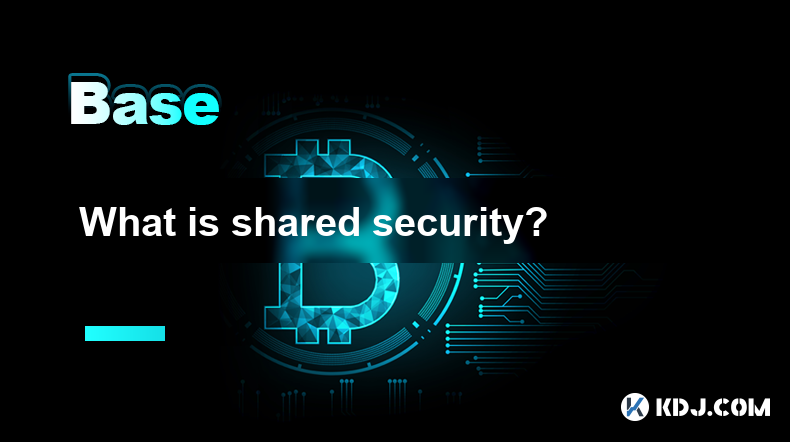
What is shared security?
Apr 12,2025 at 07:29pm
Shared security in the context of cryptocurrencies and blockchain networks refers to a mechanism where multiple blockchain networks or applications utilize the security infrastructure of a primary blockchain. This approach enhances the security and efficiency of smaller or newer blockchains by leveraging the established security measures of a more robus...

What is Delayed Encryption technology?
Apr 11,2025 at 10:42pm
What is Delayed Encryption Technology? In the world of cryptocurrencies, security is paramount. One of the innovative solutions to enhance the security of digital transactions is Delayed Encryption Technology. This technology introduces a layer of security by encrypting data with a time delay, ensuring that the information remains secure until a specifi...

What is EigenDA and how does it extend data availability?
Apr 11,2025 at 05:28pm
EigenDA is a groundbreaking solution within the cryptocurrency ecosystem designed to enhance data availability across blockchain networks. Developed by EigenLayer, EigenDA aims to address the critical issue of data availability, ensuring that all participants in a blockchain network can access the necessary data to verify transactions and maintain the i...

What is ZK Proof Aggregation to Optimize Verification Efficiency?
Apr 11,2025 at 05:42pm
ZK Proof Aggregation is a technique used in the field of zero-knowledge proofs (ZKPs) to enhance the efficiency of verifying multiple proofs. In the context of cryptocurrencies, where scalability and efficiency are paramount, ZK Proof Aggregation plays a crucial role in optimizing the verification process. This method allows multiple proofs to be combin...

What is DePIN (Decentralized Physical Infrastructure)?
Apr 12,2025 at 01:42am
What is DePIN (Decentralized Physical Infrastructure)? DePIN, or Decentralized Physical Infrastructure, represents a groundbreaking approach to building and managing physical infrastructure using decentralized technologies. At its core, DePIN leverages blockchain and other decentralized systems to create, operate, and maintain physical assets in a way t...

What is Omnichain interoperability protocol?
Apr 11,2025 at 08:36pm
The Omnichain interoperability protocol refers to a technology designed to enable seamless interaction and data exchange between different blockchain networks. This protocol aims to solve the issue of blockchain isolation by allowing assets, data, and functionalities to move freely across various chains. In essence, Omnichain interoperability facilitate...

What is shared security?
Apr 12,2025 at 07:29pm
Shared security in the context of cryptocurrencies and blockchain networks refers to a mechanism where multiple blockchain networks or applications utilize the security infrastructure of a primary blockchain. This approach enhances the security and efficiency of smaller or newer blockchains by leveraging the established security measures of a more robus...
See all articles





















![Crypto Otaku - CRYPTO CHAOS! 83K BITCOIN! CRYPTO RALLY!! XCN , JASMY , SWFTC LEAD!!! [Episode 228] Crypto Otaku - CRYPTO CHAOS! 83K BITCOIN! CRYPTO RALLY!! XCN , JASMY , SWFTC LEAD!!! [Episode 228]](/uploads/2025/04/12/cryptocurrencies-news/videos/crypto-otaku-crypto-chaos-k-bitcoin-crypto-rally-xcn-jasmy-swftc-lead-episode/image-1.webp)

































































